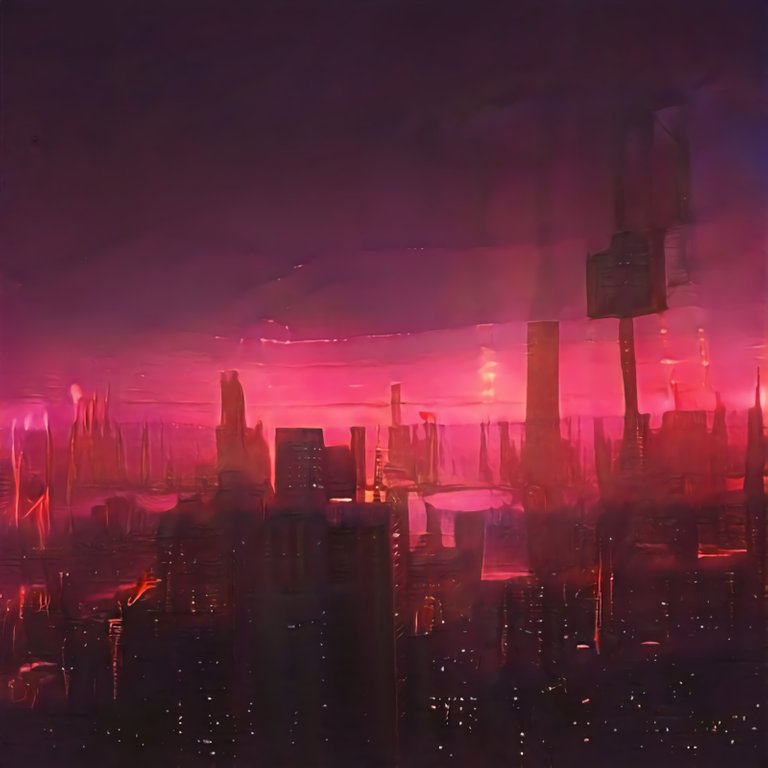
My dCity Log #3 - The Spreadsheet and a Look at the Forest
dCity seems to be the type of game that would draw in people who like to do spreadsheets. I'm not really like that, I don't do spreadsheets on anything and everything, but I definitely saw some value in doing that for dCity. So even before I had set up my account with the game I already had a rudimentary spreadsheet going.
The first thing I thought of that I wanted to see was Worker Productivity - how much income each population on a card produces. That might be a meaningful number (or not) over the long term. Then I expanded that idea to Resource Productivity - how much 1 population produces resources of any kind per card. Resources include Income, Education, Creativity, and Popularity. Of course, not all Resources are created equal. Obviously Income production has a much greater impact on managing a city on a daily basis than the other Resources do. But the game will evolve and each Resource may become more (or less) valuable in the future relative to the others. Anyway, it's good to have some metrics to compare cards and develop strategies.
I mentioned that one of the first cards I looked at in this way was the Forest. What jumped out was that 2 workers produced 4 Income and 4 Popularity. Other cards I casually checked weren't nearly as productive per worker. Would that hold up once I put in the numbers for all the cards?
Yep, the Forest is one of the most productive cards in the game so far. Only the Casino produces more raw Income per worker. Other cards with relatively high Income Productivity (IP) numbers aren't surprises - Bank, Restaurant, Weed Dispensary, Ad Agency, Nuclear Plant, Solar Plant, and Law Firm, but also the Wind Turbine and Public Restroom. Other cards like Police Stations and Schools have other functions, so their Income production isn't a priority and it's not surprising that they have very low IP.
Next question - what am I missing? Logically, the Forest probably isn't the best card in the game by a long shot, so why not? Why was the Forest only selling for 2 Hive? Off the cuff I thought of a few reasons - much bigger cities probably wouldn't want to bother with a card that only puts 2 population to work. Other cards employ 10, 20 or even 40 workers. Isn't that a more effective application of effort? Also, Popularity. There might be reasons to not have a high Popularity later in the game. And maybe there is just an abundance of Forests so they're cheap.
But what about the price? I got a baseline average price for each card over the course of a week or two. So the next metric was Income Productivity/Price - how much Hive you pay for that worker productivity. Guess what? The Forest is still the best. Every other card looks very different when you factor in the market price for the card. And nothing comes close to the Forest in this category except for the Wind Turbine and lowly Public Restroom.
*Note - since I was going into the game using Hive, I'm making all my calculations in Hive. I realize that many people play only with SIM and that once I've invested whatever Hive is going in, I will be working only in SIM. So, I'll be adding calculations for SIM, but the numbers will likely be a little different as the SIM market is not quite the same as the Hive market.
So what about just raw Income/Price - how much you pay for Income production without considering how many workers it takes to do it? That changes things a bit. The Forest still is one of the best cards, but a few are just better producers of Income - the Shopping Mall, Stadium, Bank, and Casino are all typically better than the Forest, and all the other expected Income producing cards (like Restaurants, Zoos etc) do very well. But of course, market prices fluctuate and this directly affects this number.
Apparently the market just doesn't want to be bothered with Forests and Public Restrooms as they are good Income producers for their price, but not worth the attention of bigger cities. Smaller cities should look to these cards to get started producing Income for a reasonable price. You have to be frugal starting out.
Prices have been up for these cards the last week or so, though. And we can expect more market turbulence as some new game mechanics come on board with the 3rd edition release. Be patient and take the opportunities as you find them.
See you at the Night Club by the Hive sign!
try hivedata space - https://hivedata.space/statistics/dcity?s=city&user=cryptospooge
Thanks, I've been checking that periodically. Was Balance data added recently? I don't remember seeing that before